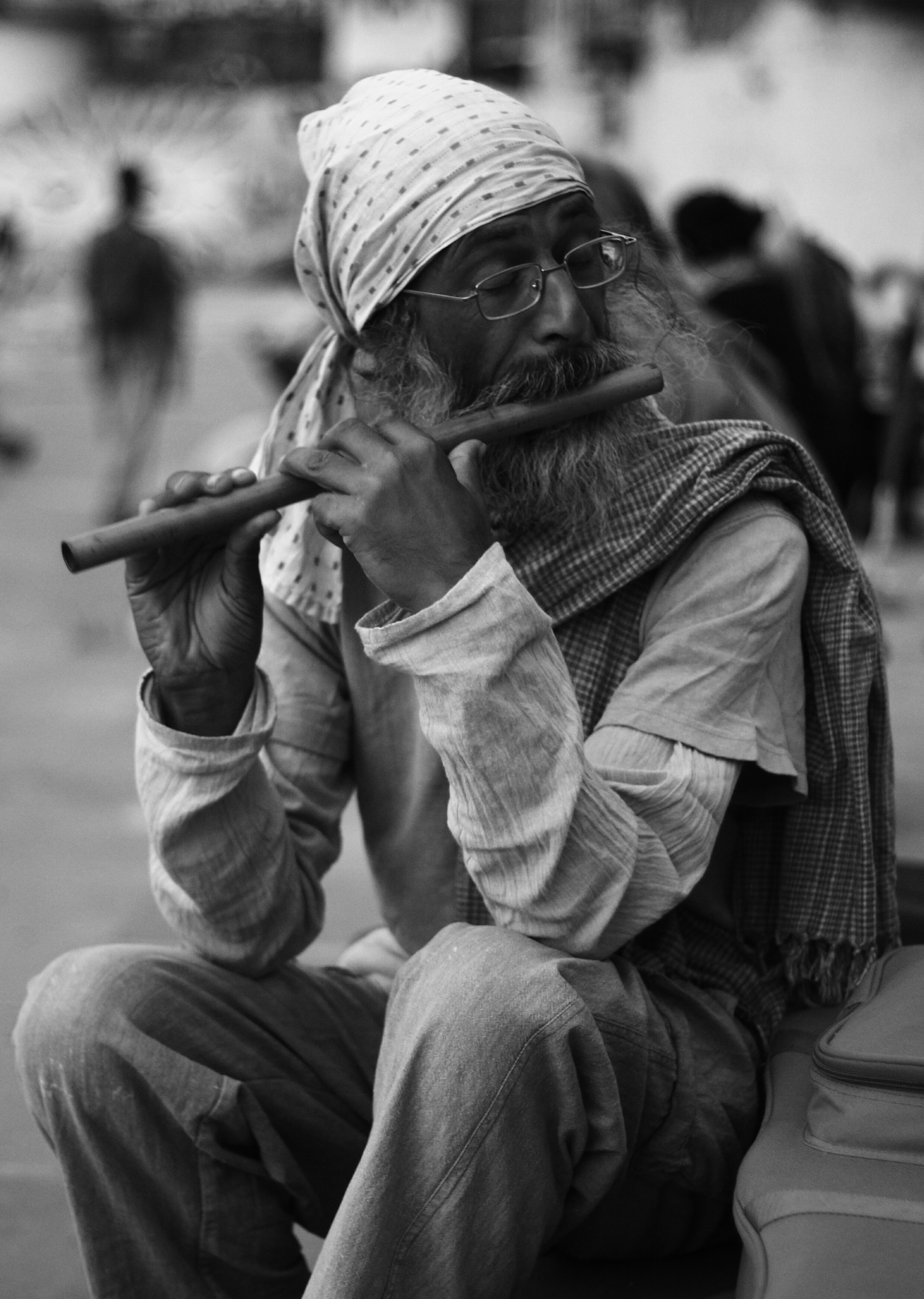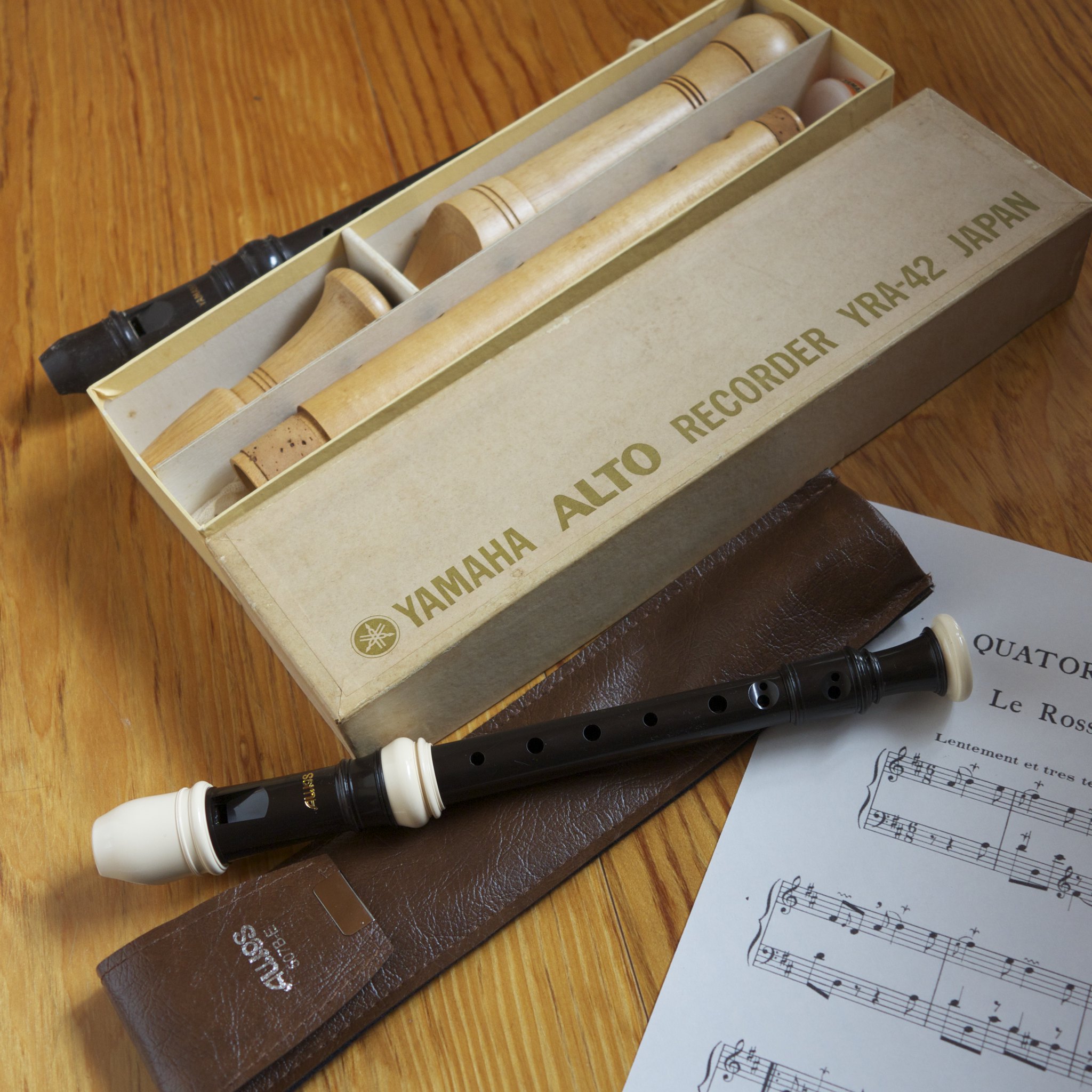In flute beatbox, which comes first, the flute or the beatboxing? Which technique is serving which?
The answer. Yes.
Flute beatboxing is a pure blend of techniques from two very opposite musical worlds into a style of playing that is a marvel to see and a delight to listen too.
Below we explore the (quite brief) history of flute beatbox, because it's just too cool not to!
Birth In San Francisco
Wikipedia credits Tim Barsky as the "first" beatboxing flutist. Tim Barsky is a man of many talents, having a degree in Islamic and Judaic religious studies, he is known as a storyteller, musician (harp and flute), beatboxer, playwright, and more.
In 2006, a recording of him from 2001 surfaced with him beatboxing on the flute. The style of his flute beatboxing seems to service the beatboxing more than the flute, but the idea was there, and there were more that would follow in his footsteps at the idea.
Do Do Do Do Doot Inspector Gadget
On January 19, 2007, Greg Pattillo, who, at the time of writing, is still hailed as the best flute beatboxer and has made a career as such, released a video that went viral and particularly was important in the flute world.
I was finishing my senior year in college when this video was released, and it sparked the imagination of several of my colleagues, into a realm of possibilities for the instrument we have yet to think of.
And it was all because of Inspector Gadget.
To this date, it still holds the most views (30M+) of any flute beatboxing video, and a close second, also by Pattillo, is a remix of the Super Mario Brothers Theme. The combination of a culturally popular melody, hip-hop style rhythms, and the apparent virtuosity of the technique led this to be a popular video among many, flutist or not.
Pattillo has these videos on up the YouTube channel for Project Trio, which is a flute, cello, double bass chamber ensemble. High energy, modern sound, but all are classically trained, which gives a pure blending of their sound.
However, Patillo has also used this channel as a platform to discuss techniques for beatboxing while playing the flute and has even pioneered a notation system for the technique.
Technique and Notation
Now, the technique of flute beatboxing is not a commonly taught flute extended technique. Is the coordination needed that makes it less accessible to players, or perhaps it is just not called for or desired in traditional or modern flute literature. Is it just too "pop" for a classically trained flutist?
As such, Patillo's teachings and technique manuals are not widely published. In fact, at time of writing this article, the beatbox flute method book he wrote is only available directly through him.
Patillo even created a notation system. This system adds a staff-less "percussion" line below the flute, and uses letters to represent the basic beatboxing sounds that he teaches such as bass drum (B) and a back beat kick (K).
Conclusion
While some might consider the beatboxing flute or flute beatbox a novelty, it is truly a genre in of itself. A blending of classical techniques and traditions with a modern urban sound. When styles are blended, they sometimes feel forced, but the modern flute beatbox technique is genuine and awesome, and hopefully will continue to grow and flourish.




